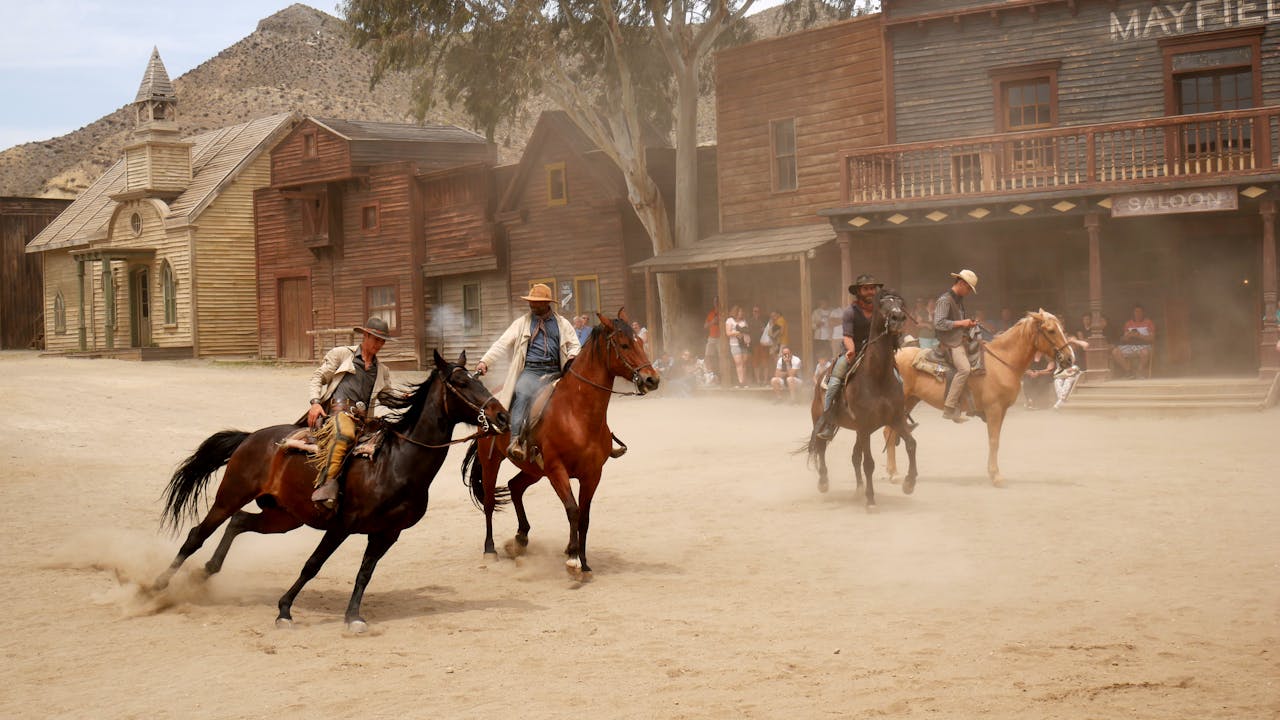The Wild West has long captured our imagination, thanks to movies, books, and TV shows that paint a vivid picture of lawless towns, high noon duels, and heroic cowboys. However, many of the stories we’ve been told are myths or exaggerated tales. The real history of the American frontier is more complex, featuring a mix of law, diverse cultures, and everyday struggles that often diverged from the Hollywood version. Let’s take a look at 10 common myths about the Wild West that aren’t true.
1. Everyone Wore Cowboy Hats and Boots
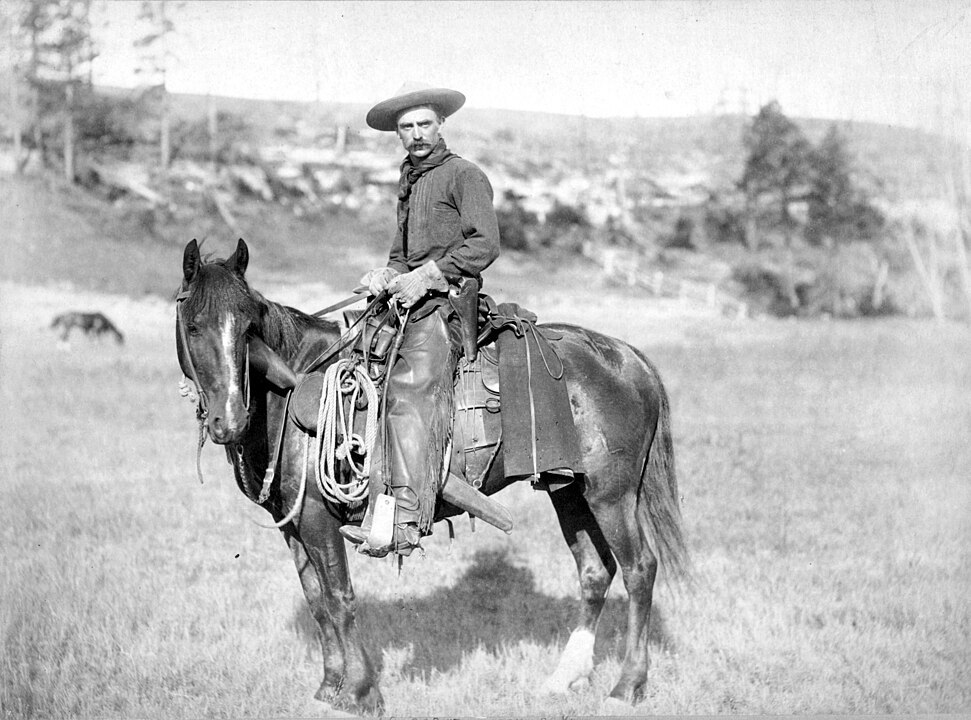
While the iconic cowboy hat and boots are central to Wild West imagery, they were not everyday wear for most people. Many settlers and ranchers wore regular hats, such as bowlers or simple straw hats, for work. Boots were also not as common as many think; they were often practical footwear for horse riding, but many people wore more basic shoes. The exaggerated image of the cowboy in boots, hats, and spurs is largely a Hollywood creation that romanticized the actual clothing of the time.
2. The Wild West Was Full of Outlaws and Bandits
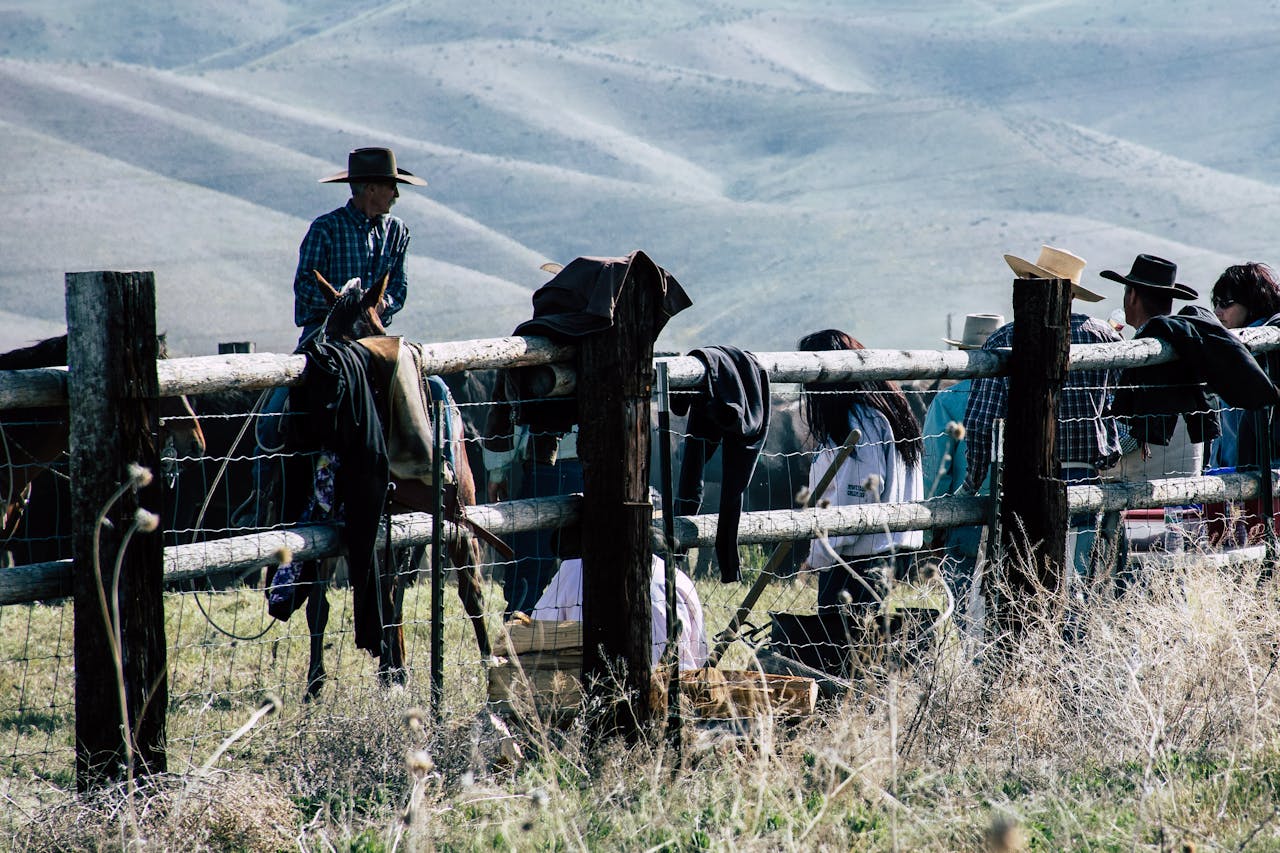
While outlaws like Jesse James and Billy the Kid captured public imagination, they were not representative of life on the frontier. The vast majority of people in the Wild West were regular settlers, ranchers, and farmers trying to build a life. Bandits were indeed a threat, but they were a small, transient group compared to the many families working hard to cultivate land and create communities. Outlaws and lawmen were romanticized, but crime rates were not as high as myth would suggest.
3. Cowboys Rode Horses All Day, Every Day
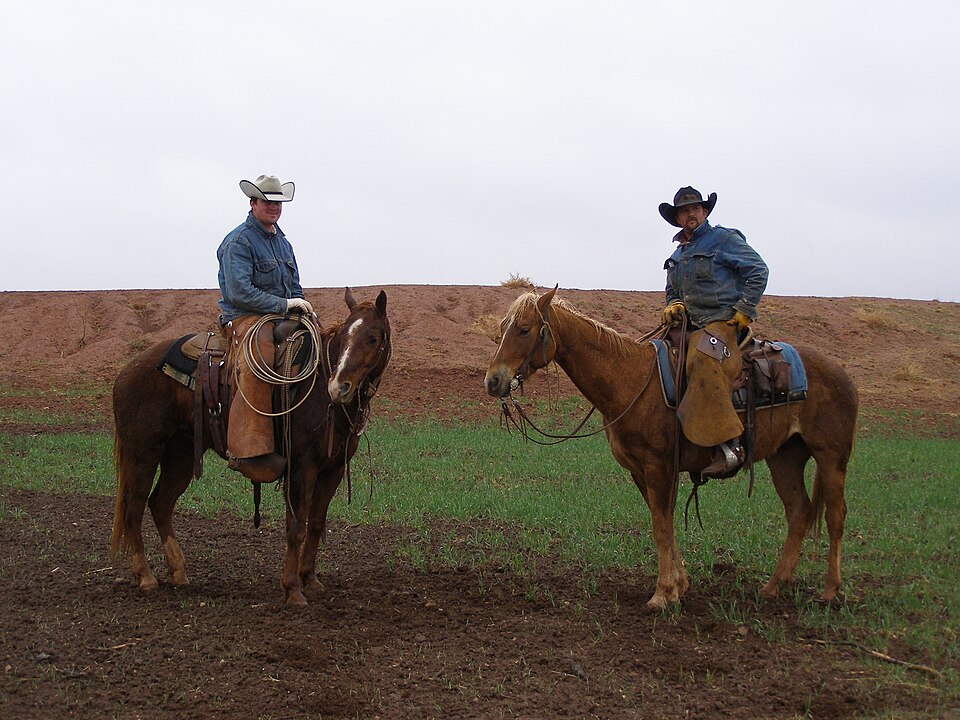
While horses were essential to cowboy life, the image of cowboys galloping endlessly across vast plains is a misconception. Cowboys were primarily involved in cattle herding and ranching, which required long hours of physical labor and tending to the livestock. While riding horses was part of the job, many cowboys spent significant time walking alongside cattle, repairing fences, or working in other ways that did not involve constant horseback riding. The cowboy lifestyle was physically demanding and not as romantic as often portrayed.
4. The Wild West Was Lawless and Uncivilized
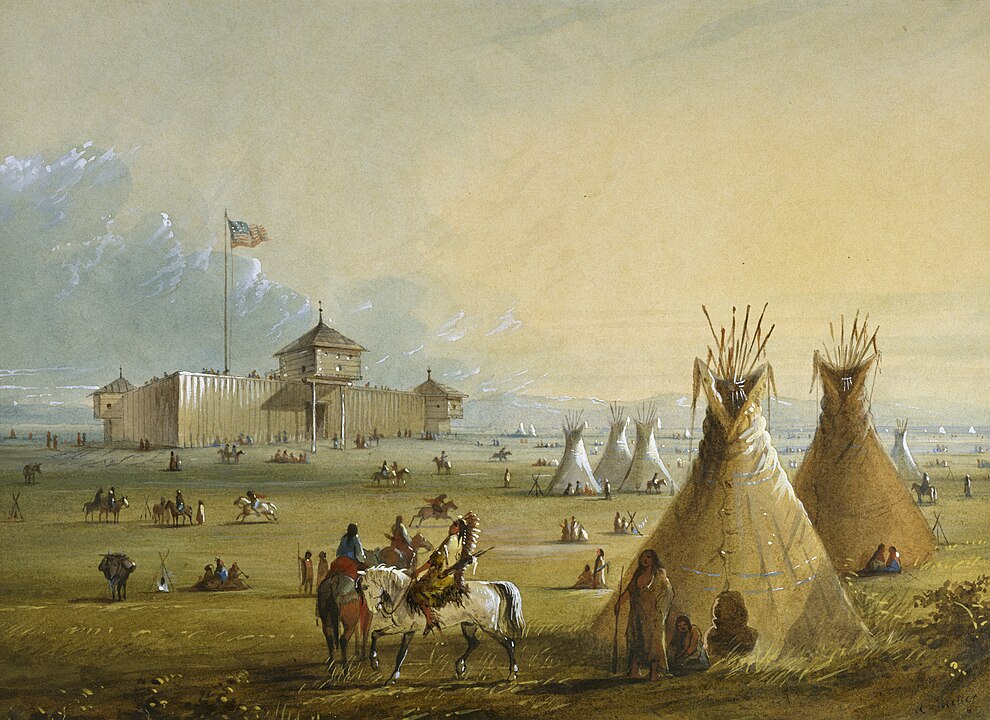
The idea that the Wild West was a chaotic, lawless land where violence ruled is an oversimplification. While law enforcement was sparse in some regions, many western towns and communities established systems of local governance, rules, and courts. The legal system, including sheriffs and marshals, was often in place to enforce peace. The myth of widespread lawlessness ignores the fact that many towns had schools, churches, and thriving economies. Pioneers and settlers built a structured society despite the challenges they faced.
5. Native Americans Were Constantly in Conflict with Settlers
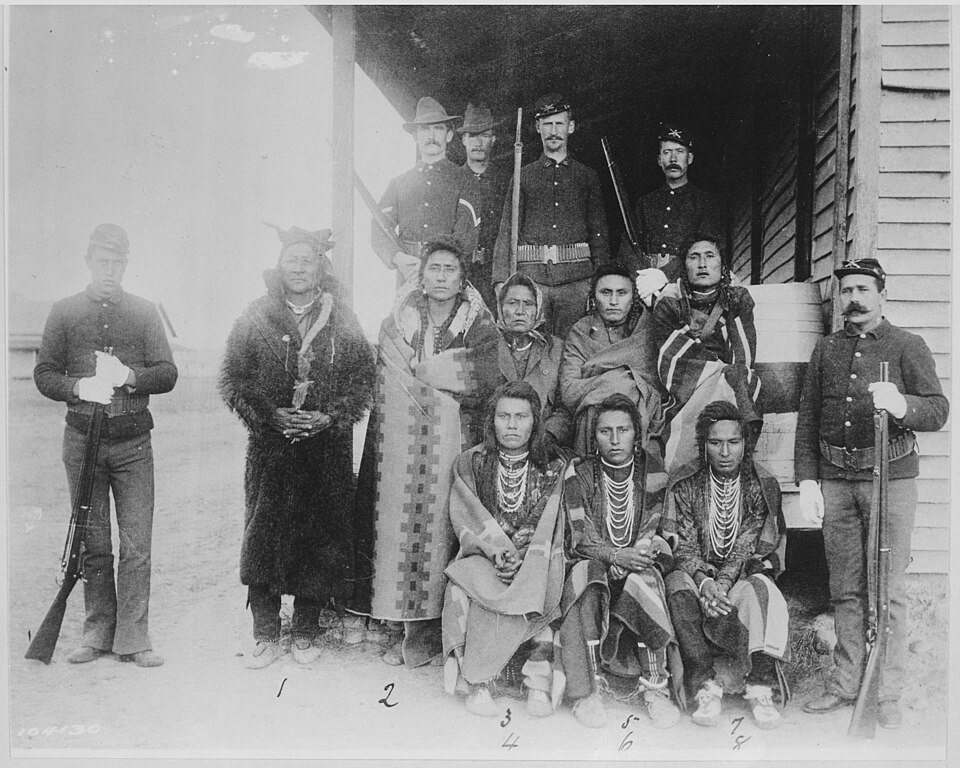
Though there were violent conflicts between settlers and Native American tribes, it’s a myth that all Native Americans were in constant conflict with settlers. Many Native American groups had peaceful interactions with settlers and traded goods. Some tribes, such as the Cherokee, even tried to adopt European-style farming and governance. The image of relentless warfare is skewed, as many Native American communities adapted to the changing world while still maintaining their traditions. The complex history of Native American relations with settlers is much more nuanced.
6. Everyone Had a Six-Shooter and Could Duel at High Noon
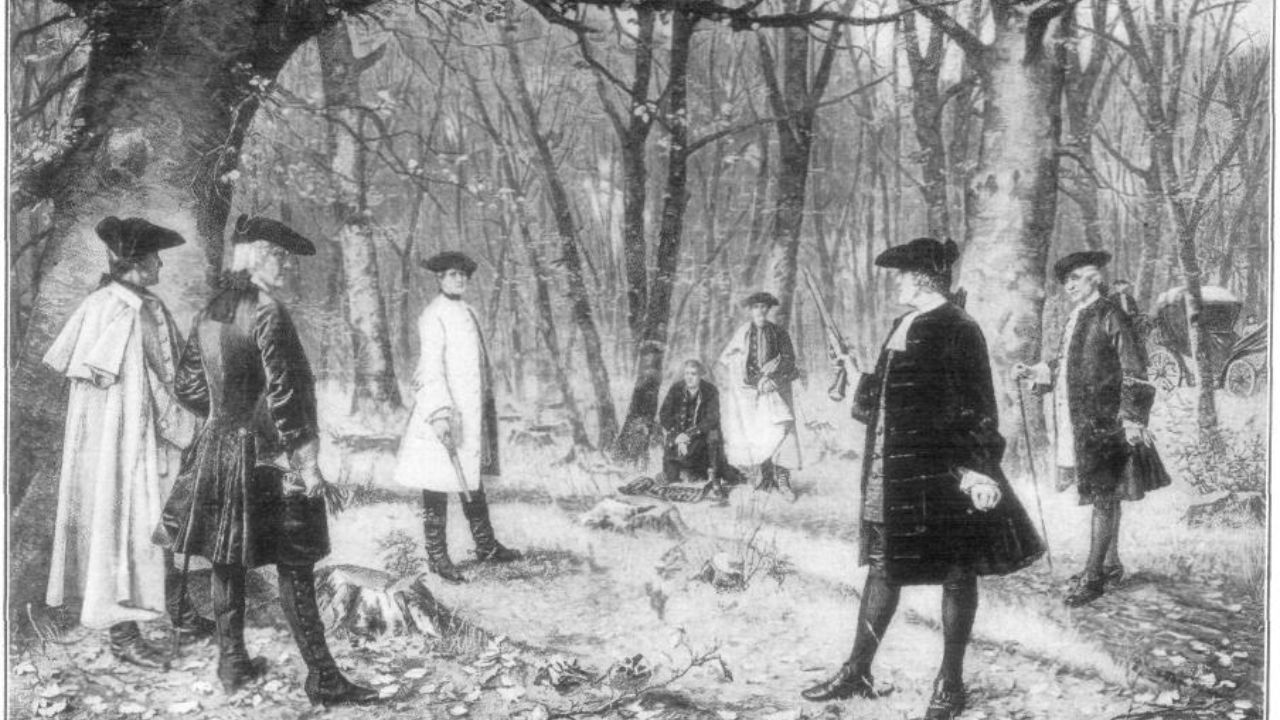
While some individuals in the Wild West carried six-shooters, the popular image of everyone wearing guns and engaging in duels is largely a fabrication. Guns were tools for self-defense, hunting, or work, not symbols of lawlessness or personal power. The practice of dueling, especially at high noon, was rare, with only a few documented gunfights that were often more about showmanship than actual violence. Carrying a gun was often practical, not a display of aggression or readiness for a showdown.
7. Women Were Rare in the Wild West
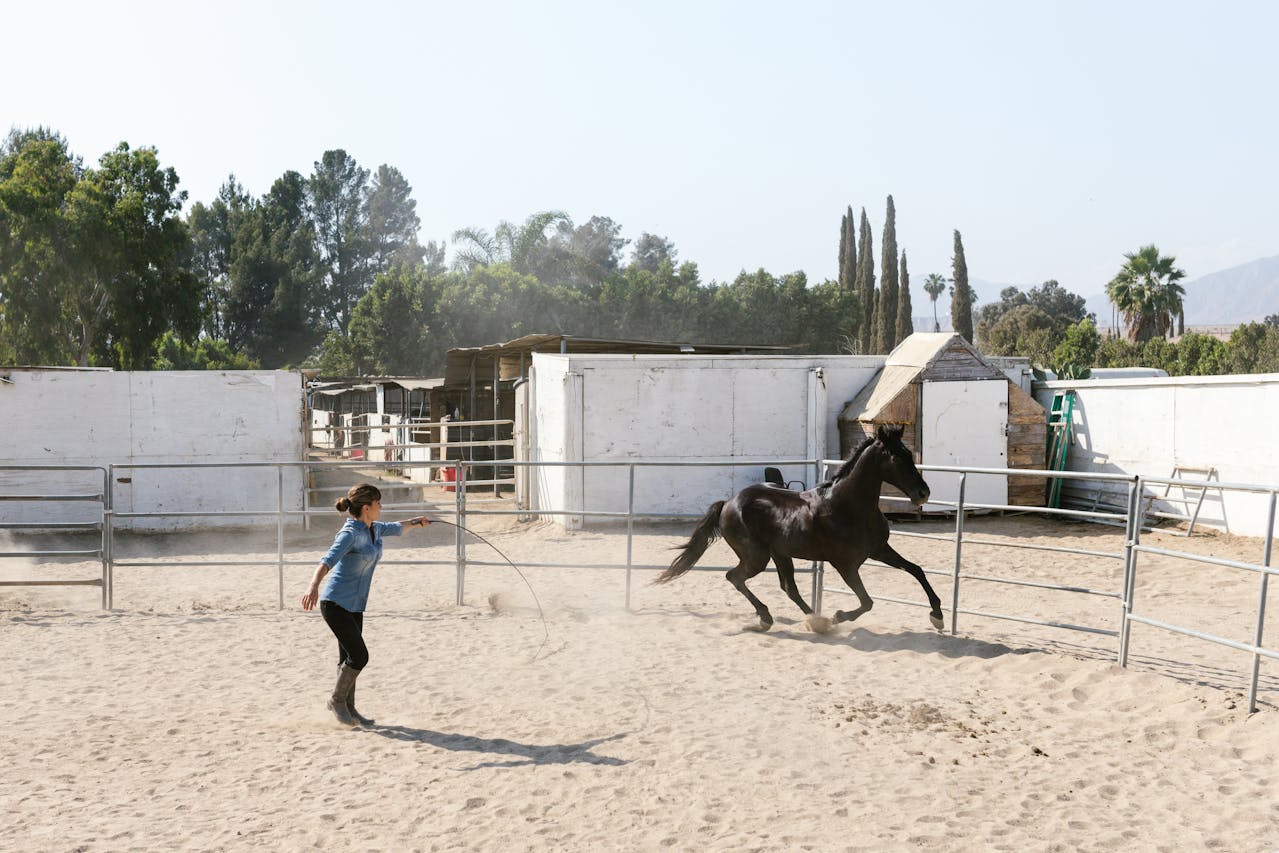
Another myth about the Wild West is that women were scarce, but in reality, women were integral to frontier life. From homesteaders to saloon owners, women played a significant role in building the community. They worked on farms, managed businesses, and even became influential figures in towns. Many women became teachers, nurses, and even ran their own businesses, often becoming pioneers in fields typically dominated by men. The idea of women being a rare sight in the West oversimplifies their vital contributions.
8. The Wild West Was All About Cattle Drives
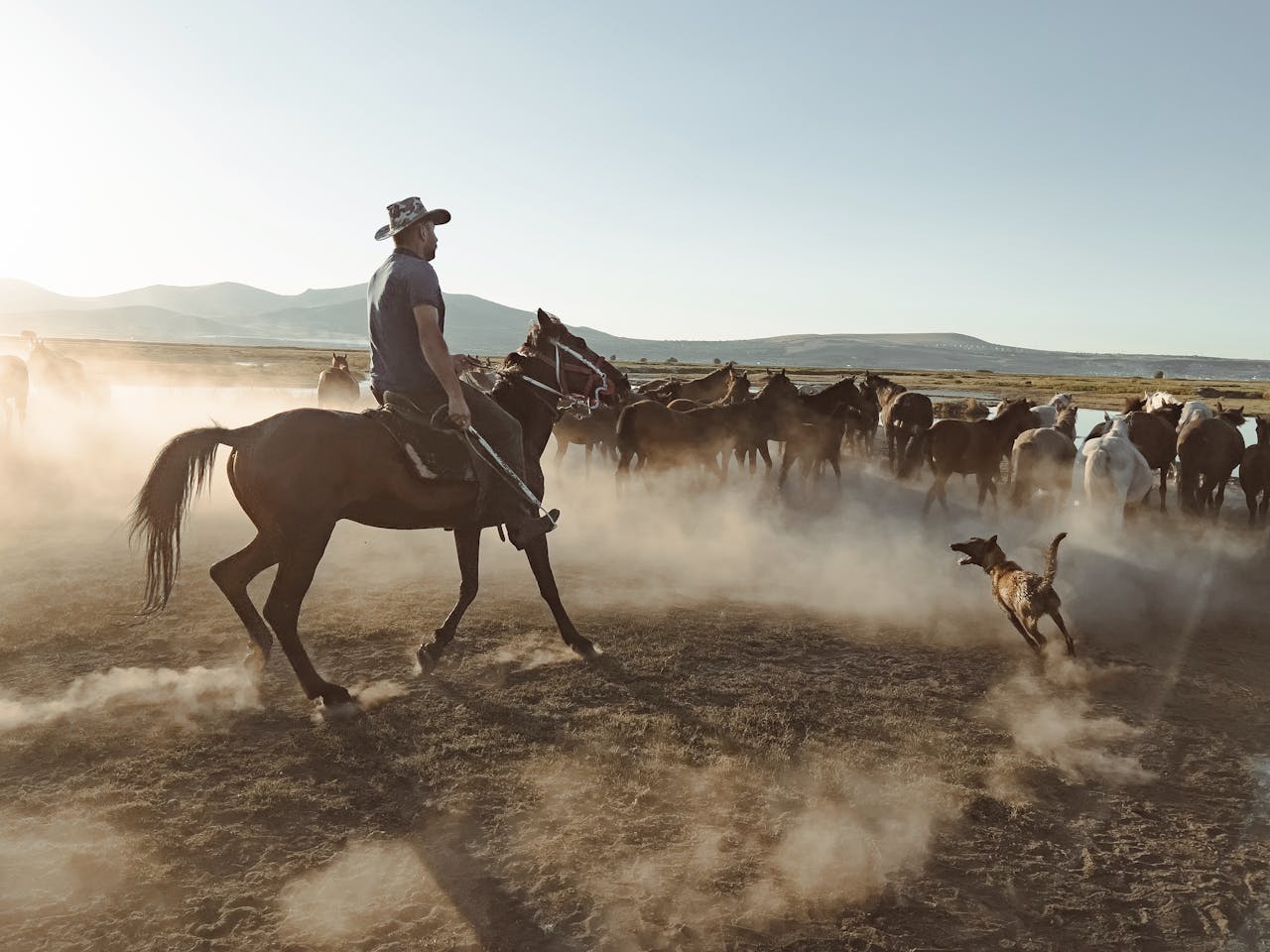
While cattle drives were an important aspect of cowboy life, they did not dominate the entire Wild West experience. Cattle drives were seasonal, and many cowboys worked on ranches year-round, which involved activities like fencing, branding, and cattle management. The myth that all cowboys spent most of their time driving cattle ignores the realities of ranch life. Many cowboys worked long hours on farms, and only a small percentage of them participated in cattle drives, which were a significant but limited part of their work.
9. Gold Rush Towns Were Full of Riches and Prosperity

The myth of the gold rush towns being full of sudden wealth and prosperity is misleading. While gold rushes like the one in California attracted thousands of hopeful prospectors, most of them never struck it rich. In reality, many miners lived in harsh conditions, and the majority of those who found gold made only modest profits. The gold rush towns were often chaotic, lawless, and short-lived, with some becoming ghost towns as the gold played out. The idea of instant wealth was the exception, not the rule.
10. The West Was Won by Cowboys
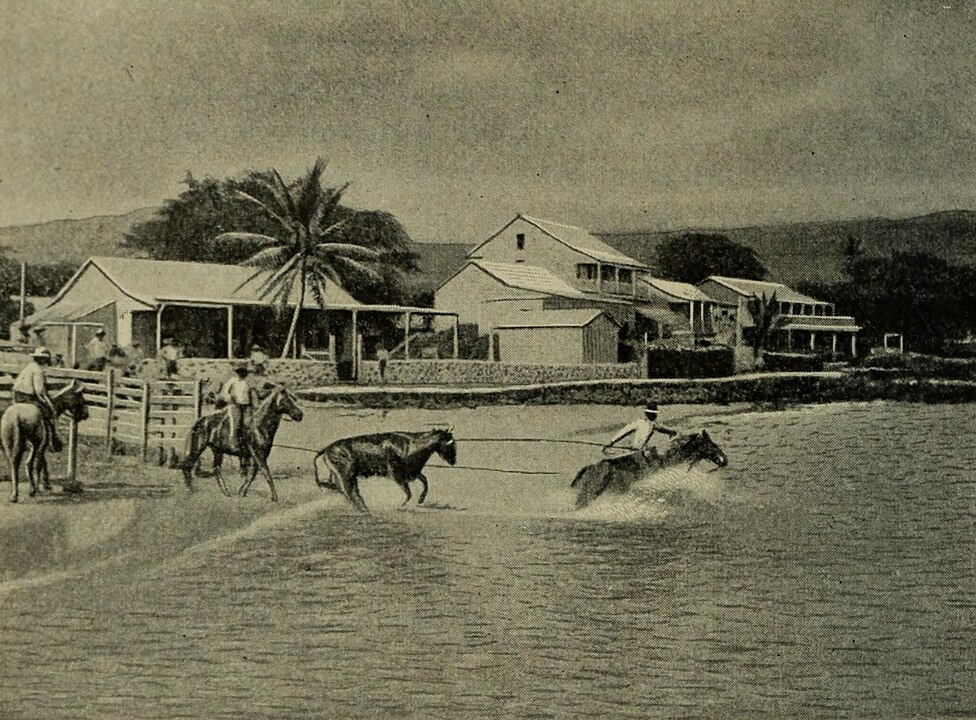
The idea that cowboys were the key to “winning the West” is an oversimplification. While cowboys played an important role in ranching and maintaining livestock, it was the combination of settlers, railroads, and military efforts that truly opened up the West. The railroad system expanded rapidly, linking the East to the West and facilitating settlement. The myth of cowboys as the primary agents of westward expansion neglects the contributions of farmers, engineers, and soldiers who laid the groundwork for the development of the American frontier.
